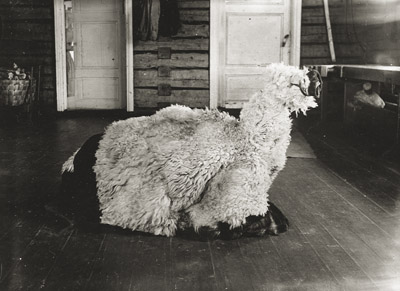Halloween is not native to Finland, however, it has gained popularity during the autumn celebrations in Finland in recent years. For many Finns autumn season associates not only with Halloween, but also with Nordic traditional observances, such as Kekri, an ancient harvest festival, or All Saints’ Day (Pyhäinpäivä), when people visit cemeteries and light candles on the first Saturday after October 30th.
Kekri originates from the word “kekra” or “kekraj,” meaning cycle. And indeed, this traditional Finnish harvest festival was celebrated annually in autumn and it used to be the mark of a New calendar year, although its exact timing originally varied depending on farming activities. By the early 1800s, a fixed date was established, aligning it with All Saints’ Day in early November, and the Halloween.
Kerki celebrations also had some similarities with Halloween, as people wore formal attire and visited family and friends, with festivities involving bonfires, rituals, beliefs, and myths. Many families would symbolically invite their deceased ancestors to take part in the occasion. These customs were deeply rooted in Finnish agricultural society but began to fade with the rise of industrialization.
Though not as widespread, Kekri continues to be observed in Finland as a tradition honoring the memory of the dead. Modern-day Kekri celebrations include activities like dancing, music, and just like Halloween, it is a social celebration, an opportunity to gather with friends, indulge in sweets, and enjoy spooky fun. What is special about Kekri is the figure of Kekri-goat, known as Kekripukki.

Did you know that in old Finnish tradition, Nuuttipukki and Kekripukki were some of the most feared visitors during the dark winter months? Unlike Santa Claus, the much-anticipated Christmas figure who brings gifts, these characters demanded offerings for themselves – and without them, the household could become the target of tricks, much like the “Trick or Treat” tradition of Halloween.
If the mischievous demands of these pranksters were not met, Kekripukki, who roamed during the harvest festival known as Kekri, which was celebrated around the same time as Halloween today, might threaten to burn down a barn or – perhaps worse for Finns – the sauna! Nuuttipukki, on the other hand, appeared to mark the end of the Christmas season in January. Dressed in straw or fur, with goat horns and a birch-bark mask, this figure was a playful yet menacing visitor, threatening to take the household’s luck unless properly entertained.
